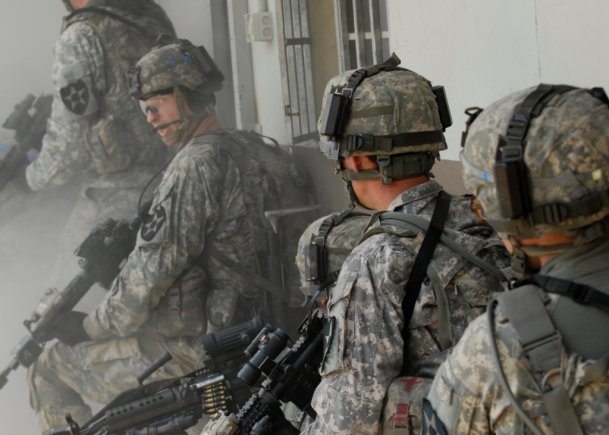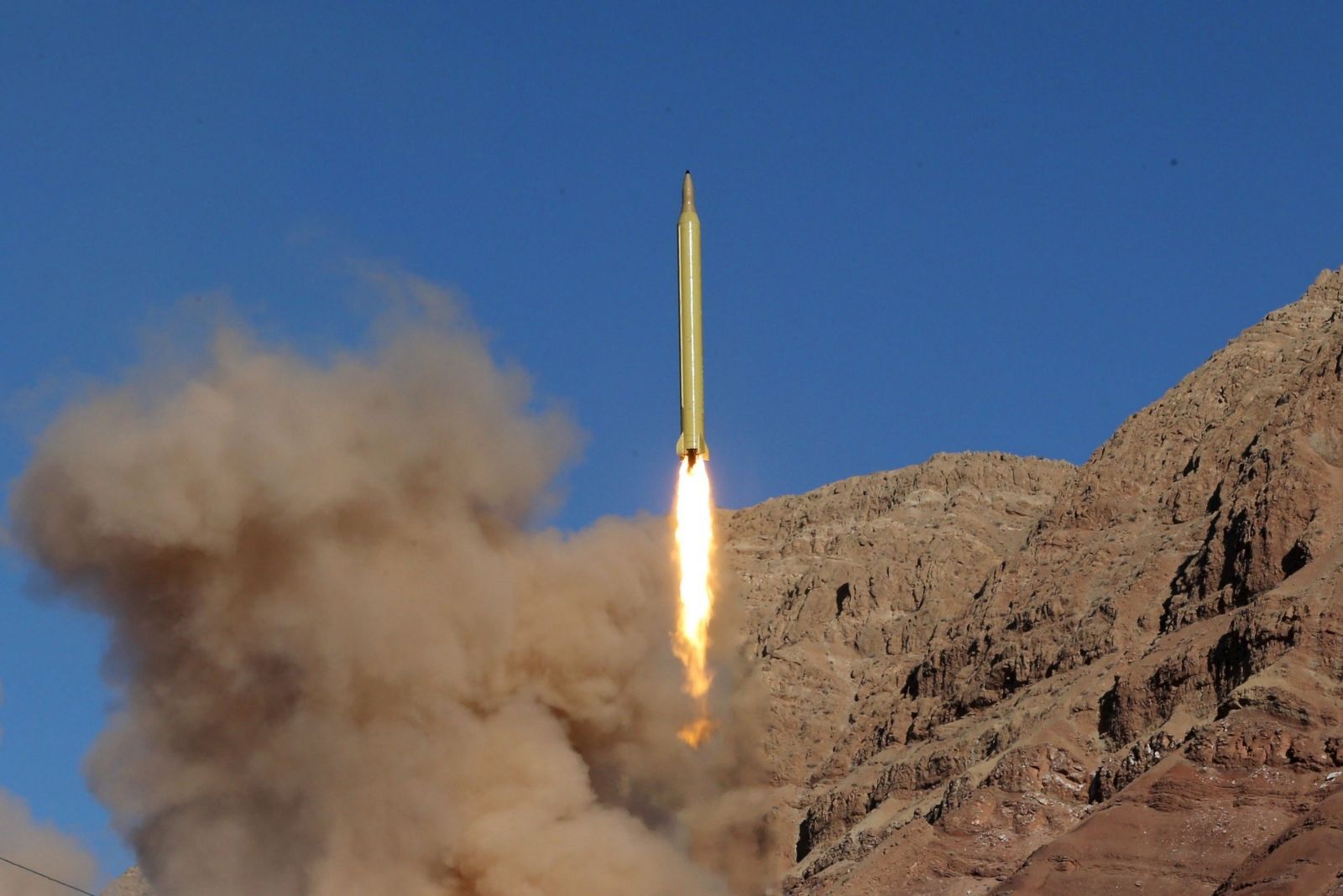Humid air dampened the uniforms underneath the Soldiers’ combat gear as they darted out the back of a Terrex Infantry Carrier Vehicle and began their clearing mission.
After one of them kicked in the door to their target building, they poured into the structure, searching room-by-room for enemies.
Soldiers of 2nd Platoon, Company C, 4th Battalion, 9th Infantry Regiment “Manchus”, participated in a company field training exercise with Company B, 2nd Singapore Infantry Regiment, July 25- 27, 2011, here.
It was the culminating event of Exercise Lightning Strike, a bilateral combat training exercise between Singapore and the United States. The platoon, assigned to 4th Stryker Brigade Combat Team, 2nd Infantry Division, practiced military operations on urban terrain with B Company before the simulated assault.
The two armies took turns demonstrating how they execute Military Operation in Urban Terrain, or MOUT, drills and found that there were more similarities between them than expected.
“Almost every aspect of it was the same,” said Spc. Alan Pacini, a member of the platoon’s Weapons Squad.
The second day brought what the Singaporeans call “conventional operations” and what the U.S. Soldiers dubbed “jungle operations.”
“Conventional involves the movement of the Terrexes and how the guys adapt to the movement as well as systems inside (the vehicles),” said 2nd Sgt. Ong Yi Jie, the platoon sergeant for 5th Platoon, B Company.
Jie emphasized that conventional operations also heavily involve movement through thick jungle terrain in climates similar to Singapore’s and being able to detect and engage enemies in such an environment.
For Pacini and other Stryker Soldiers, climbing up the side of a hillside covered in jungle-like vegetation in 80 to 90 percent humidity to assault an enemy stronghold was different than patrolling the streets of Iraq in dry heat.
“Our army is more urban operations and desert operations,” explained Pacini.
Jie applauded his counterparts on their proficiency in what he referred to as “what the U.S. does best” — urban operations.
“What we see on the ground are U.S. forces are more trained and more slick in their movements,” said Jie. “It’s the fluid movements that they have in them that makes them look so professional.”
Throughout the company exercise, one squad — or section in the Singapore army — from both units got a chance to see how the other country operates in a combat environment.
The U.S. Stryker platoon’s 1st Squad joined B Company’s 4th Platoon, led by Singaporean 2nd Lt. Darren Ho, and one of his sections became “Manchus” for the three-day event.
“They gave me a lot of insights (and) things to think about when it comes to planning,” said Ho. “I have to really go down to the nitty gritty details and make sure that every single one knows what they’re doing.”
Meanwhile, the biggest takeaway for Jie was a lesson on communication.
“(The U.S. soldiers) help each other a lot and talking to each other regarding their plans and their individual roles helped a lot,” he said.
The Stryker platoon’s most useful lessons came from the extended training in jungle operations.
While the joint environment brought an exchange in cultures, it wasn’t unusual for combat veterans such as Sgt. Tyler Donoho, a vehicle commander with 2nd Platoon.
“When we deployed to Iraq this last tour we had (Iraqi army) forces (working) with us,” he said. “It wasn’t really that much of a transition for me.”
Over the course of the exercise, a bond formed between the two units as they worked together three days straight, sharing their knowledge and expertise.
As a platoon sergeant, Jie said he felt it was important to help form that bond between the two groups of Soldiers.
“We are both armies and we are both serving the nations of our own,” he said. “At the end of the day we’re all working toward the same objective.”










